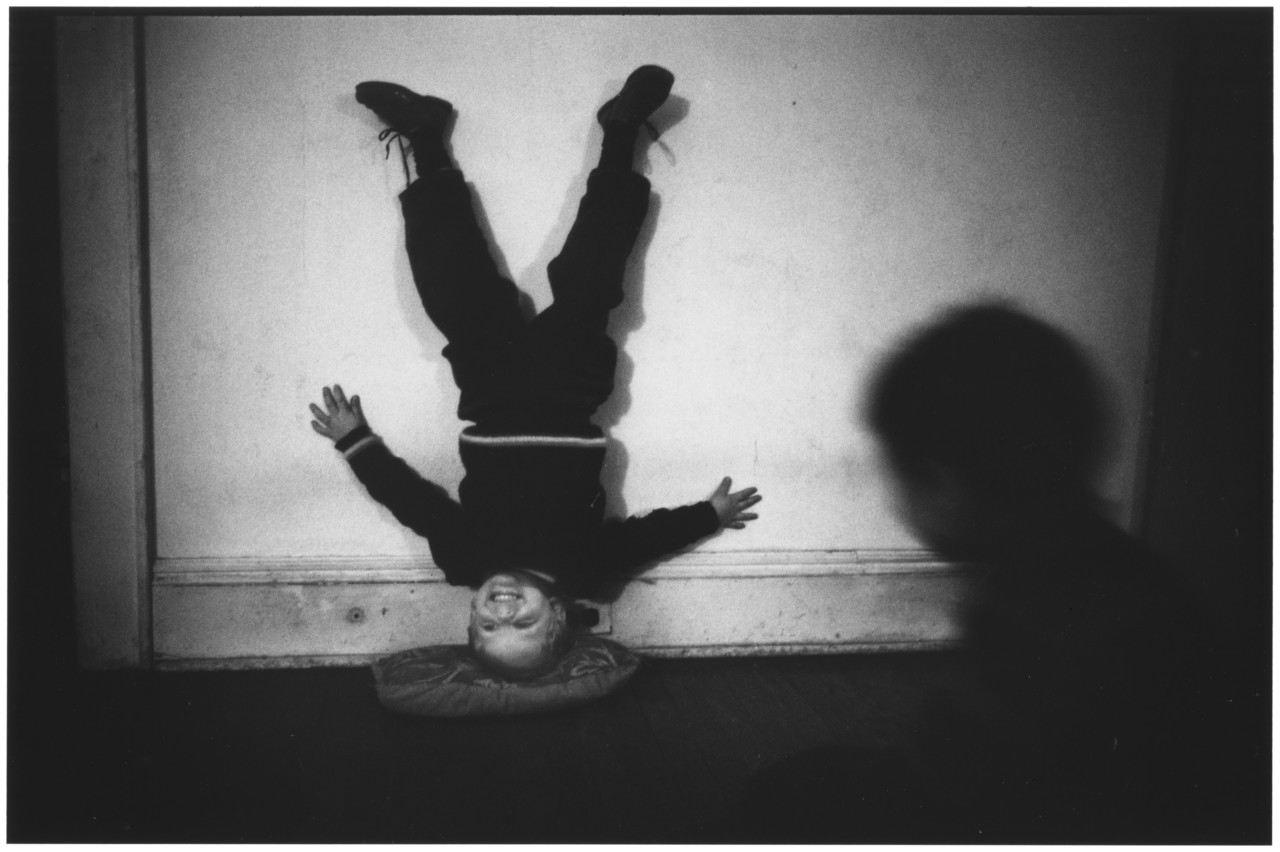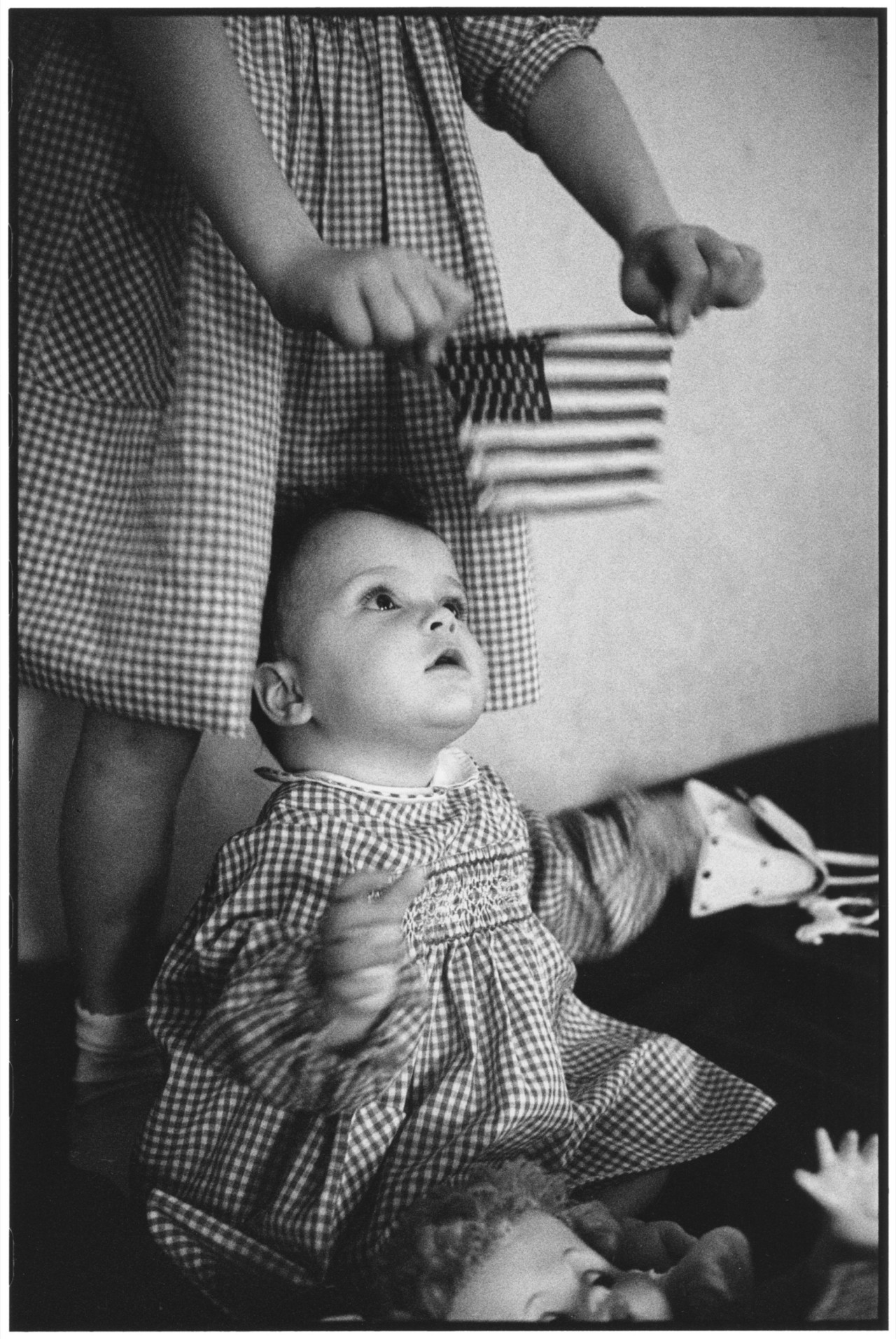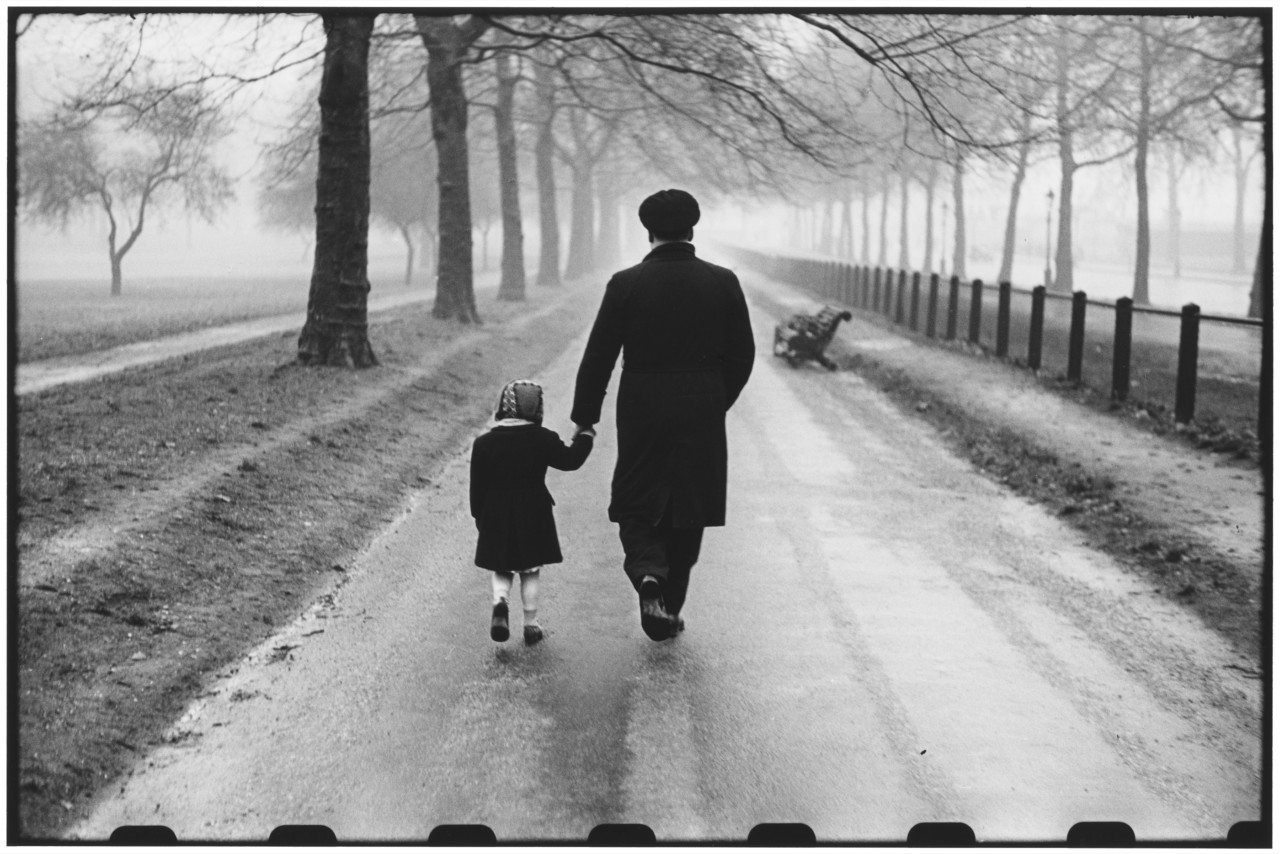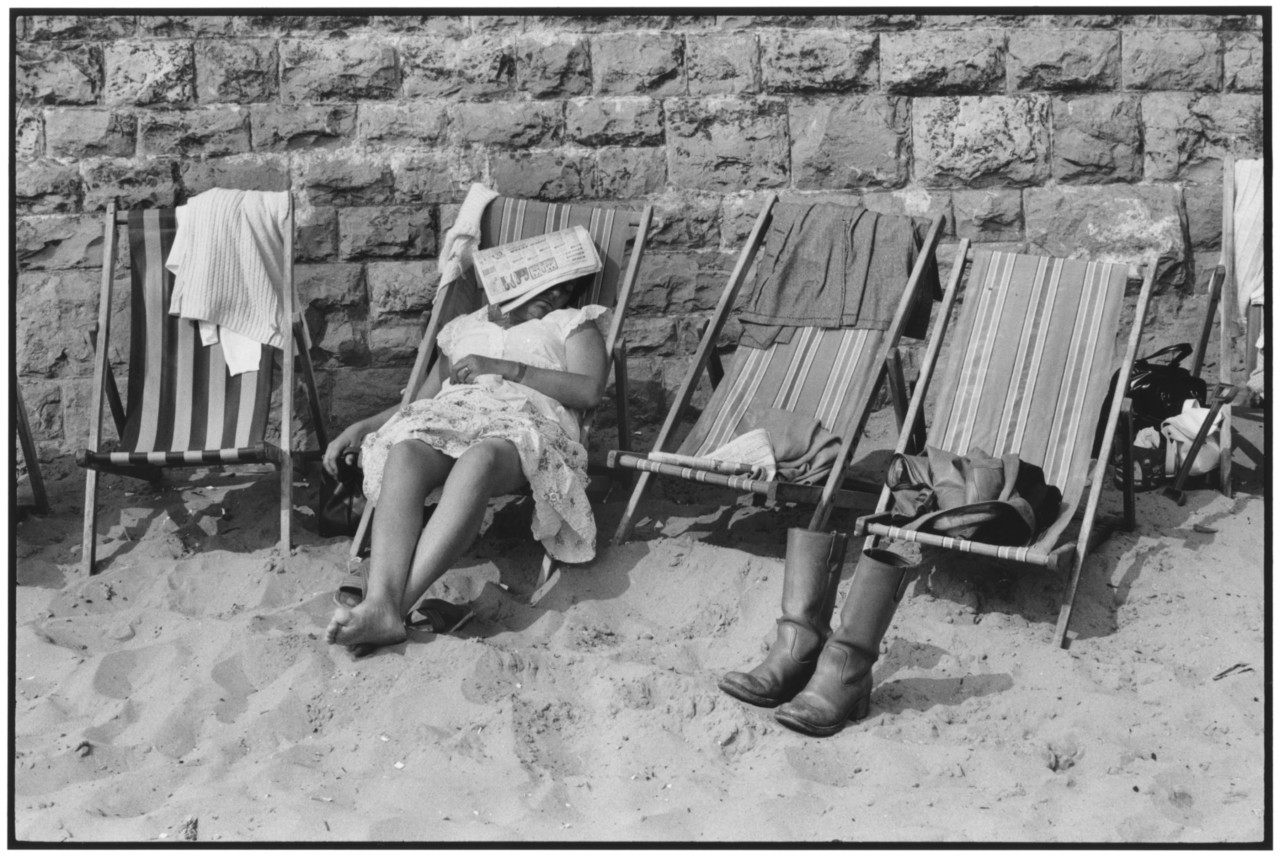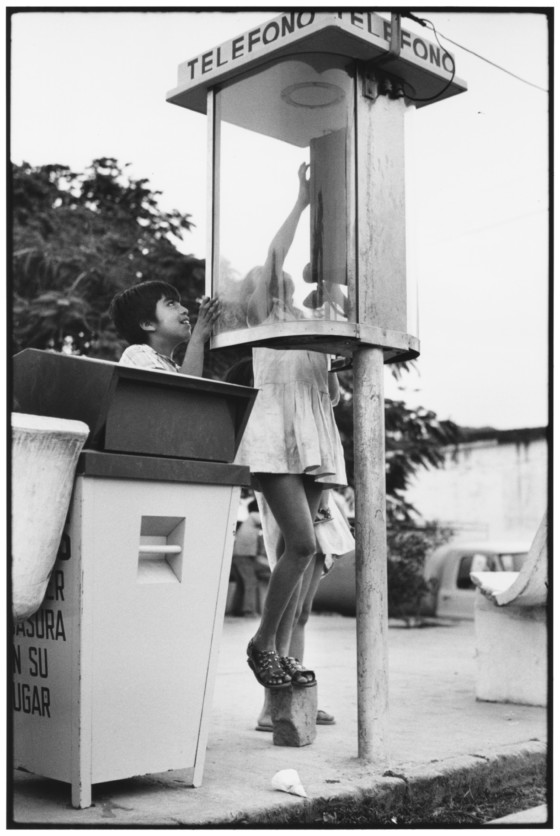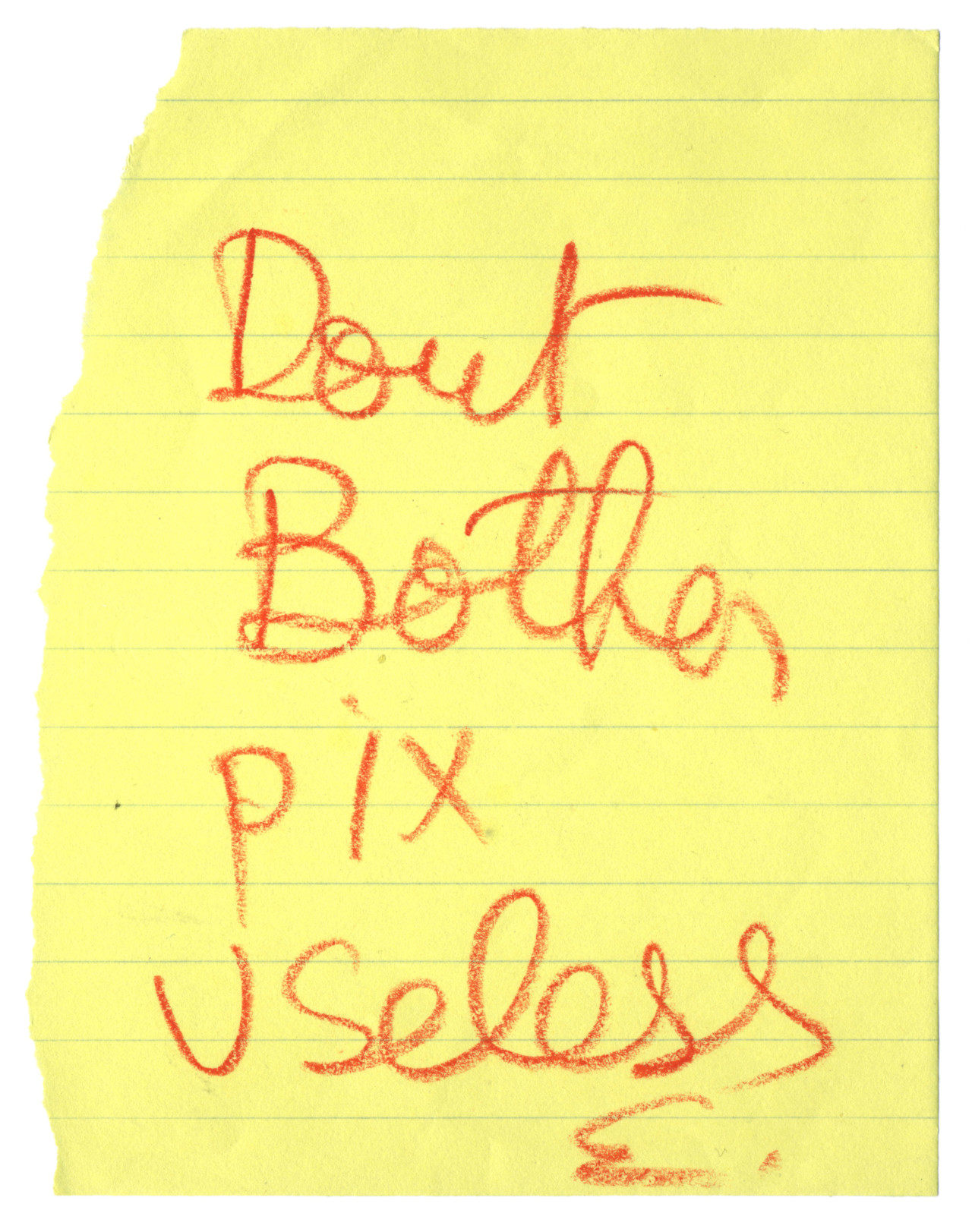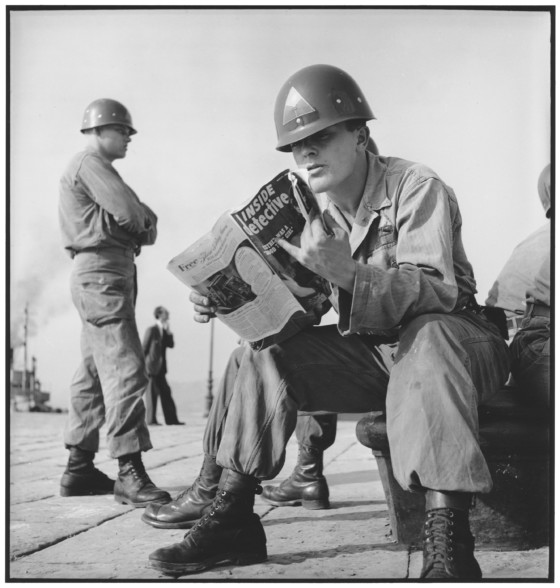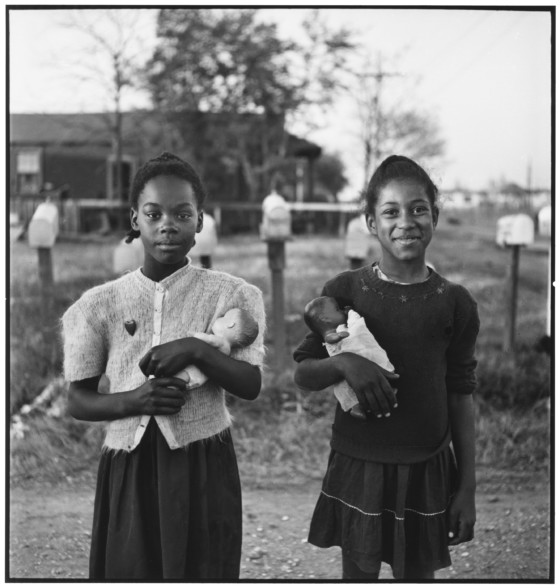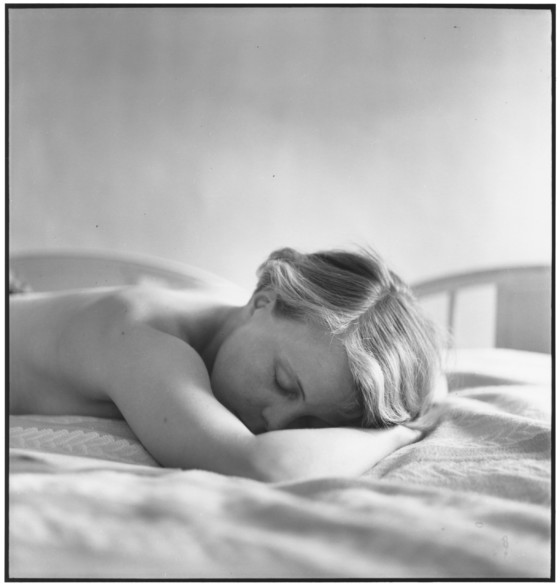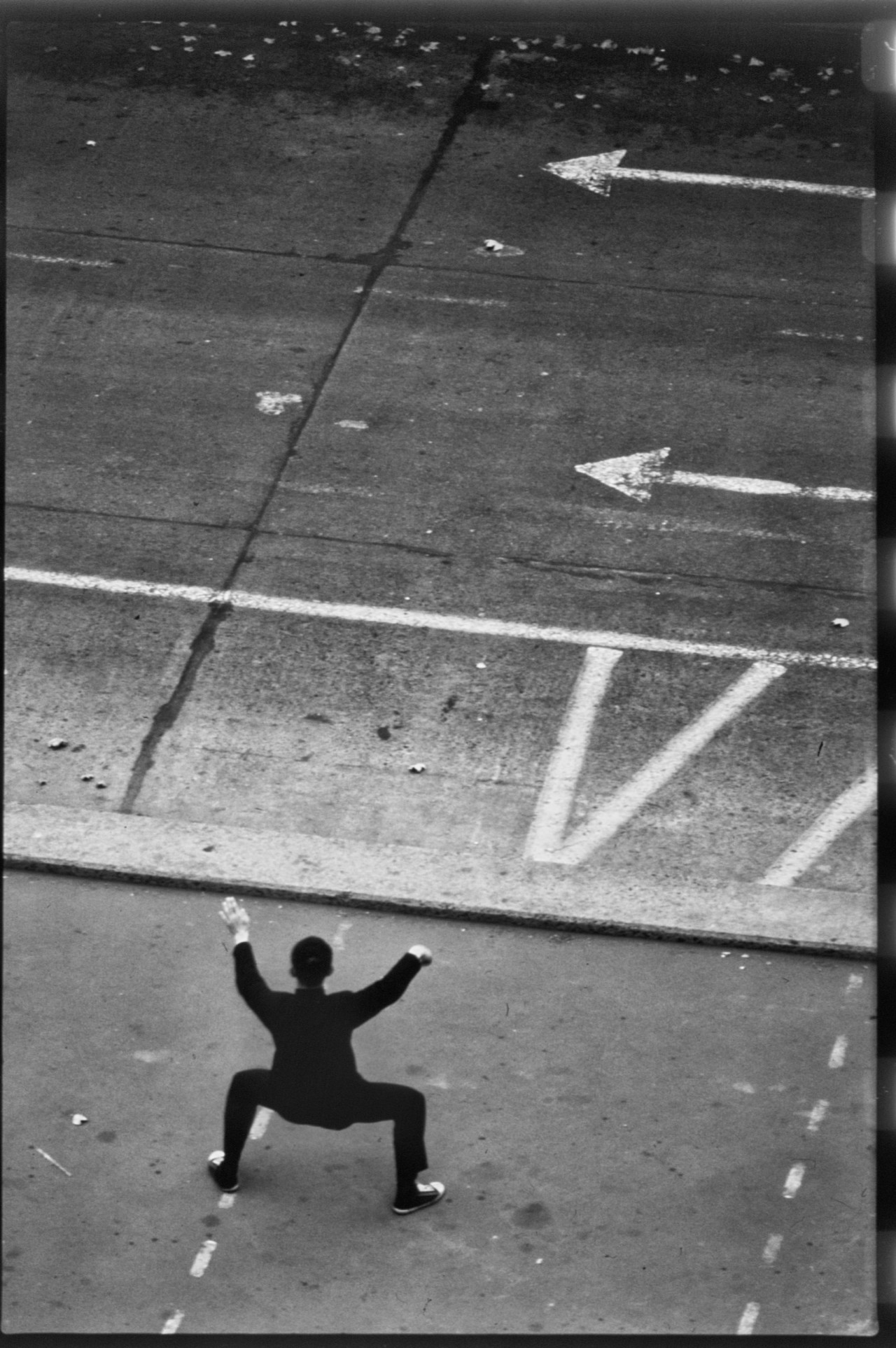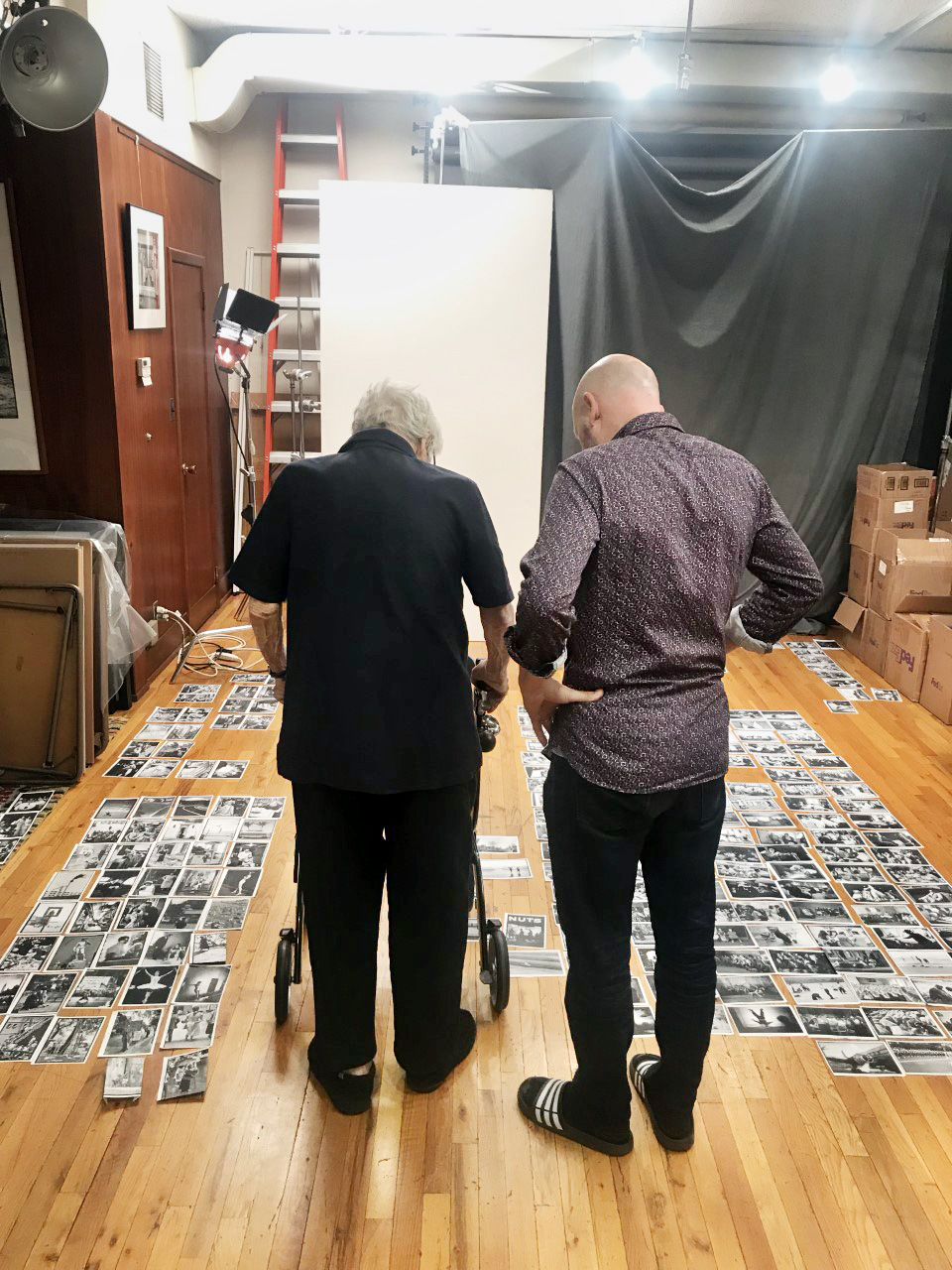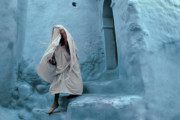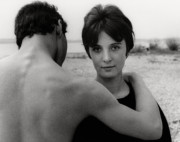Found, Not Lost
Elliott Erwitt’s previously unseen look beyond his classic photographs
Found, Not Lost is a new title, published by GOST, which brings together decades of Elliott Erwitt’s previously unseen images. Here, Vaughn Wallace, author of the book’s introductory essay, reflects on the process of making the book, and what the array of images in it tells us about Erwitt’s life, and his changing views of his own work.
Imagine, at ninety-two years old, turning back to the thousands of photographs made throughout the many chapters of your career and, on second and third glance, discovering a significance in those images that you missed when you first saw them a few lifetimes ago.
This is precisely what happened to Elliott Erwitt when, during an exhaustive inventory of his archive, he became aware of a new, unfamiliar heartbeat animating his older work.
This current chapter of Erwitt’s career is no longer marked by relentless travel; of packed schedules, back to back assignments and 18-hour days. Even before the global pandemic, Erwitt’s days are largely spent in contemplation, surrounded by the negatives, contact sheets and ephemera a seven decade photographic life has offered him. (As if to underscore this shift, a recent documentary on his life took the title Silence Sounds Good.)
"Elliott embarked on a titanic review of every photograph within the four walls of his studio. Not a single contact sheet was left unturned, from negatives he developed in the laundry room at home as a teen, all the way through photos taken on assignment recently..."
- Vaughn Wallace
It was in this quiet that he was able to examine (and re-examine) the reflection of his life’s work. In this solitude, Elliott became aware that he was seeing his past work differently — a desire to re-interpret the work that’s cemented his legacy as a master photographer. He recognized that, even in a career that has gone from accolade to accolade, there is always something to examine, to reassess — always something to see again, for the first time.
The result is Found, Not Lost.
“I think I’ve got something,” Elliott said in the voicemail I unexpectedly received from him in 2018, as he started on the process that would lead us here.
“In my nineties,” Elliott told me when I returned his call, “my work looks different than I’ve ever seen it before.”
Elliott embarked on a titanic review of every photograph within the four walls of his studio. Not a single contact sheet was left unturned, from negatives he developed in the laundry room at home as a teen, all the way through photos taken on assignment recently in Scotland and Cuba. Stacks of work prints covered every flat surface. File cabinet drawers stood ajar for weeks on end.
"At first, these pictures don’t immediately call out as characteristically Elliott’s. The images in Found, Not Lost aren’t necessarily aiming for humor. For a large part, they’re melancholic, even somber. They also feel inescapably real."
- Vaughn Wallace
What emerged from this relentless process of re-interpretation is an Elliott Erwitt we haven’t met before, a photographer who has transposed his quirky, off-center style of seeing the world into pictures that are less readily summarized. There is wisdom and, one feels, a wry confidence in this reimagining of a legacy, especially when that legacy is one that most artists would happily not disturb.
Found, Not Lost is the fruit of that confidence—the product of looking again at what one bypassed or discounted years before and discerning something unexpected and new.
Here he sets aside all those well-known pictures of his that have shaped and enriched our visual world, and instead summons hundreds of other images into the light—photos none of us have encountered before.
At first, these pictures don’t immediately call out as characteristically Elliott’s. The images in Found, Not Lost aren’t necessarily aiming for humor. For a large part, they’re melancholic, even somber. They also feel inescapably real.
This is the first time any of these images have been published; the pictures calling to Elliott from his archive are different than the ones he used to hear. They’re inescapably quiet and nuanced — not as loud as the classics.
With help from editor Stu Smith and his longtime studio manager Mio Nakamura, Elliott parsed through nearly 600,000 images, then cutting down to 1,850, before settling on the 171 found in this book.
This is a departure from the Erwitt I’ve known and been fortunate to work with over the past several years, and that feels refreshing. Our first extended project together resulted in the 2017 book, Pittsburgh: 1950, featuring another series of previously unpublished early pictures. Even more so than in that revelatory work, however, Found, Not Lost benefits profoundly from hindsight, experience, and the passage of time, offering a genuinely alternative interpretation of Elliott’s artistry.
A different melody: new notes in a new key.
Now, after a full year of lockdown in a global pandemic, a year starved of human connection, I see the pictures of Found, Not Lost in a different light. They feel comfortable—a window into a new part of Elliott’s understanding of himself as a photographer of his fellow humans.
During the archive dig that became this book, we came across a note, scribbled in looped cursive on a scrap of paper and jutting from one of Elliott’s negative sleeves: ‘Don’t Bother,’ the note cautioned. ‘Pix Useless.’
"Whatever drove Elliott to write down that laconic warning decades ago... no longer holds sway today"
- Vaughn Wallace
Whatever drove Elliott to write down that laconic warning decades ago—whatever criticisms he had, or whatever lack of interest the pictures held for him then—no longer holds sway today.
Found, Not Lost is a book of people—just as they are—in all their unvarnished humanity. The way Elliott sees the world, and, during this pandemic, a glimpse at what we’ve been missing from each other.
We find few of those small serependities that, in his best-known works, lead us to believe Elliott is the subtlest of conductors, coaxing the world to reveal itself in its most wonderful and bizarre manner just for him, and for us.
Each image resonates with a profound appreciation of what it means to be human. They are quieter, more reflective than his other, renowned work. And so is Elliott.
‘There’s a time for pictures that say hello,’ he reminded me as we reviewed the book before publication, ‘and there’s a time to listen.’
These are the pictures that Elliott has, at long last, heard.
It’s tempting to write about where photographs in this collection fit into Elliott’s entire body of work—what this picture means in relation to the rest of his career, or what extraordinary (or prosaic) circumstances might have been behind that image. But most people familiar with even the bare outlines of Elliott’s career know that this line of inquiry—an effort to endow meaning through deep analysis—doesn’t suit or deepen an appreciation of most of his photographs.
He makes the pictures that he sees, and sometimes, that’s that.
Found, Not Lost contains the pictures that Elliott wants us to see. They’ve been in the dark, undisturbed, unremarked, for decades. Now he’s brought them into the light. If they were ever useless, or not worth the bother, they’re useless no more.


